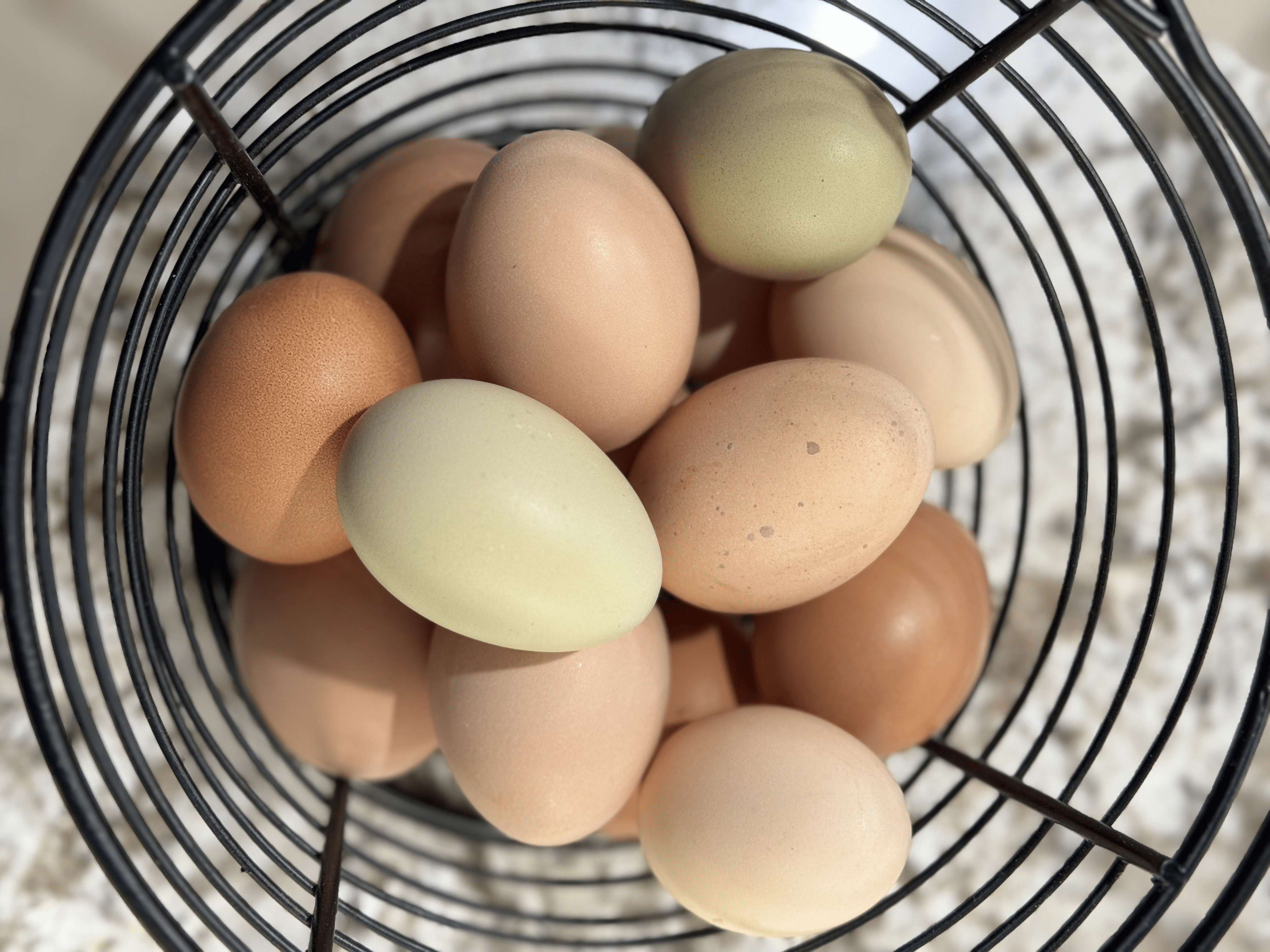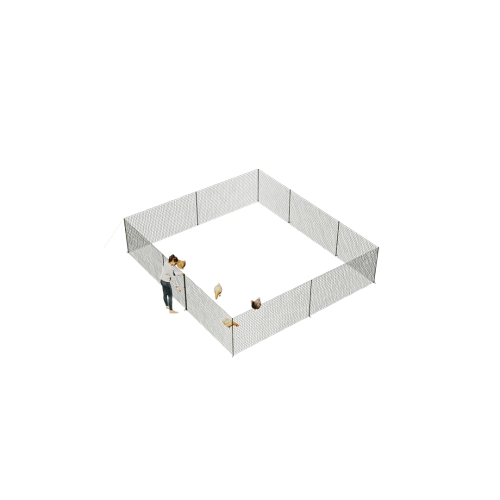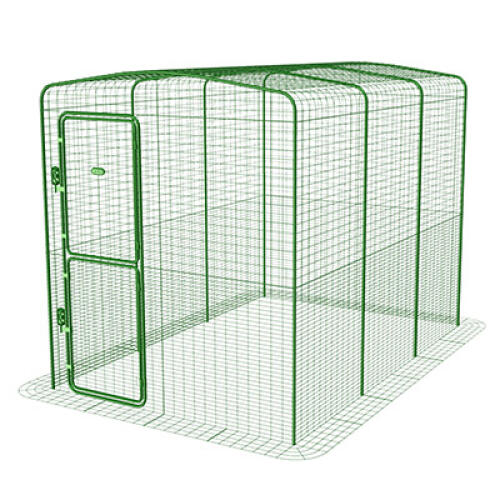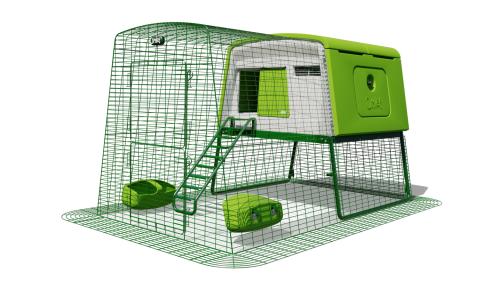Eggs are an amazing feat of nature, and backyard flocks give their owners a unique look into this astounding process. There’s a lot to know about eggs and the hens that lay them. Chicken keepers and casual observers alike have several questions about these edible orbs. We’ve compiled the most frequently asked questions about eggs and chickens so that you’ll have an answer to lay down the next time your friends ask about your flock’s abilities.
How is an egg made?
Like most animals, hens ovulate in order to produce an egg. Ovulation takes about 24 hours to complete from start to finish, starting with the creation of the yolk. Once the yolk is formed by the ovary, it passes through the oviduct, where it is then surrounded by the albumen (egg white). Finally, the egg is sealed in a shell inside of the hen’s uterus – also called the “shell gland.” The formation of the shell is the longest part of the ovulation process, averaging around 20 hours. Once the shell is complete, the egg is ready to be laid. Hens lay eggs through their vent (also known as the cloaca), just like other eliminations. A hen’s uterine lining wraps around the egg until it exits their body, keeping it clean and protected.
Can hens lay eggs without a rooster?
Yes – hens will produce eggs with or without the presence of a rooster. However, roosters are required for hens to produce fertile eggs for hatching. Roosters mount hens in order to fertilize yolks that have been released from the ovary. This process is efficient – so much so that eggs can be fertilized for up to 14 days after just one encounter with a rooster.
Why are some eggs different colors?
All eggs start out white. But, depending on a hen’s genetics, eggs may be pigmented once they reach the shell gland. During shell formation, hens that carry certain genes apply a pigment that changes the color of an egg’s shell. This phenomenon is what gives eggs the beautiful hues of brown, green, blue, and even pink. The shell is the only part of the egg that is colored, and a hen will continue to produce the same color throughout the duration of their egg-laying career.
Are colored eggs better than white eggs?
Colored eggs taste the same and have the same nutritional value as white eggs – so while colored eggs are beautiful, color has no impact on quality. What does matter is your hens’ diet. Make sure your flock is fed quality layer pellets or crumbles, and are supplemented with protein found in insects and scratch grains.
Do fresh eggs taste better than store-bought eggs?
If you crack a fresh egg laid by your backyard hens and a store-bought egg side by side you’ll notice that the egg you collected from your chickens’ coop has a deeper, richer yolk color. This is largely due to the diet of a flock – free range or run-kept chickens that have access to scratch grains, insects, and other supplemental nutrition lay eggs with dark yellow to orange colored yolks. This, in turn, gives the eggs a richer flavor, which is particularly noticeable in scrambled, over-easy, or poached eggs.
How do you store fresh eggs?
Keeping your hens’ eggs fresh is easier than you may think. Chicken eggs are bathed in what is called the “bloom” or cuticle when they are laid. This is a layer of beneficial bacteria that protects the semi-permeable egg shell from becoming contaminated, and keeps eggs fresh longer. Unwashed eggs can stay at room temperature for a couple of weeks without going bad or for several weeks in the refrigerator. If you choose to wash your chickens’ eggs, they must be refrigerated, as water and other solutions remove the bloom.
How many eggs does a chicken lay each year?
This number varies widely by breed, and is again determined by genetics. A “good” laying hen can be expected to lay over 200 eggs per year, but as a general rule, most hens will lay an egg every day and a half. Egg production will slow down in the fall as chickens molt. This slow-down in the production of eggs occurs for two reasons:
- Molting takes a lot of energy, which hens will conserve by not laying as many (or any) eggs.
- Hens need light to stimulate the gland responsible for the hormones that trigger ovulation. Shorter days mean less light to kickstart this process.
Hens will decrease their production naturally after the first 2 years of laying. Each year the number of eggs will decrease by around 20% until a hen stops laying altogether – usually around 5 or 6 years of age.
What are the best egg-laying chickens?
There are a number of chicken breeds known for egg production, but some stand out for both the quantity of eggs they lay, and their frequency. The following breeds are known to lay an impressive amount of eggs year-round.
- Leghorns: 280-320 eggs per year
- Hybrids: 280-350 eggs per year
- Australorps: 250-360 eggs per year
- Rhode Island Reds: 200-300 eggs per year
- Plymouth Rocks: average of 280 eggs per year
- Sussex: up to 260 eggs per year
When is the best time to hatch eggs?
Assuming you have a rooster in your flock, you can let a broody hen sit on a clutch of eggs to hatch them. Broodiness can occur anytime during the year, but is most common during the spring and summer. It can be dangerous for a hen to sit during the hottest months, so discouraging a broody hen when it’s too hot to be without water is best.
Fertile eggs take 21 days to hatch, whether they’re under a broody hen or in an incubator. You can hatch chicken eggs any time of the year, but raising chicks in the fall or spring ensures weather conditions are favorable.
Why do some eggs look weird?
Chickens ovulate so frequently that odd things are bound to happen from time to time. That, combined with potential external factors, can create some pretty interesting-looking eggs. From elongated eggs, to rough and bumpy shells, or sometimes no shells at all, here’s what each egg oddity means:
- Elongated eggs – common in young hens that first begin laying eggs
- Rough or bumpy shells – excess calcium deposits
- Completely spherical – calcium deficiency
- Thin or missing shell – calcium deficiency; an over-producing hen whose shell gland can’t keep up with demand
- Double yolks – two yolks were released at the same time during ovulation (common in young hens)
- Flecks of blood in the egg white – resulting from a broken blood vessel during ovulation
All of these eggs, as strange as they look, are completely safe to eat. Shell-less eggs are safe to consume as long as the membrane isn’t broken. If you see flecks of what looks like red pepper in the egg white, you can remove it prior to cooking if you prefer, but these small flecks of blood are harmless.
Eggs can tell you a lot about your hens’ health, so it’s important to take note of any weird eggs that you find in the coop. Most abnormal eggs are few and far between, but if your hen deviates from the norm and lays more than one strange egg, it’s time to call the vet.
Can I sell my hens’ eggs?
At some point, most chicken keepers consider selling or gifting their hens’ eggs. The rules for selling eggs from backyard flocks vary between states or local municipalities, so check with your state, city, and county offices before advertising your flock’s eggs. Regulations having to do with labeling and egg handling usually apply to the selling of fresh eggs.
Omlet and your flock
Our expertly designed chicken coops help your egg layers feel safe and comfortable to promote healthy habits. Dedicated nesting areas give hens a secluded space to lay their eggs, and chicken run covers give them protection from the elements as they make their way to the nesting box. And, with the addition of an automatic chicken coop door, your flock will stay on a schedule that supports their egg-laying routines.







Comments
There are no comments just yet